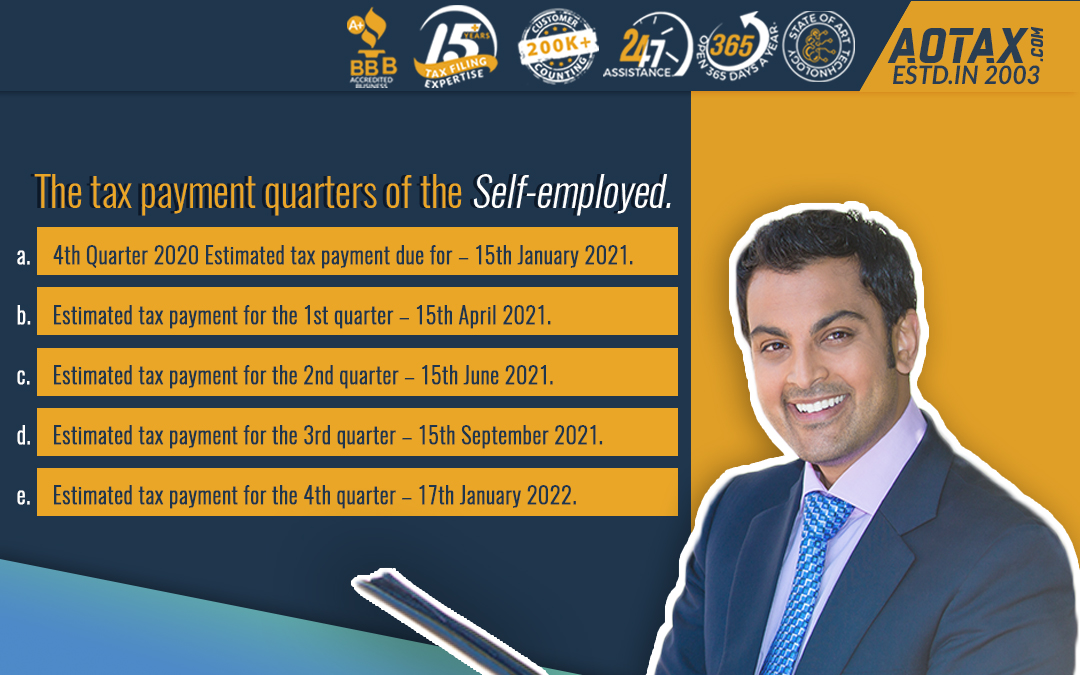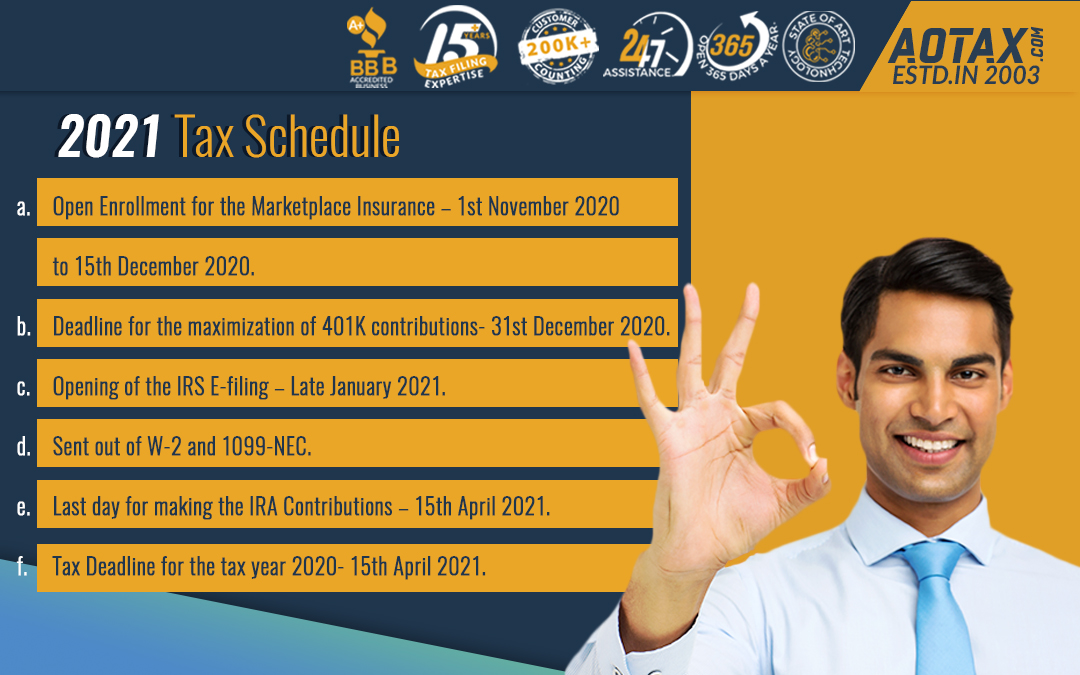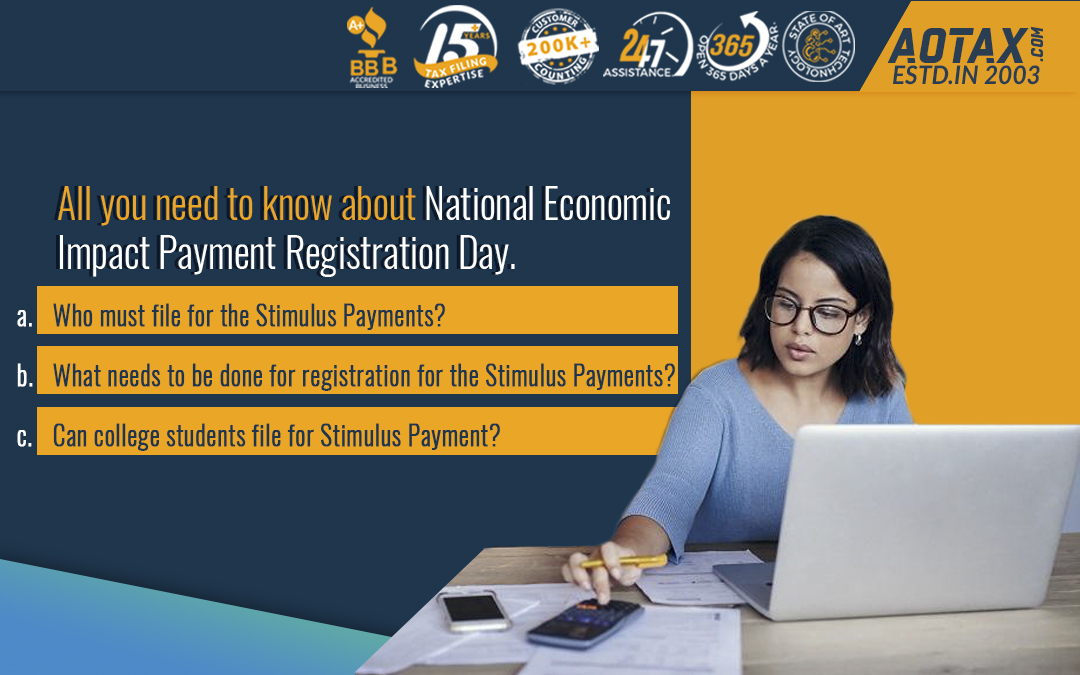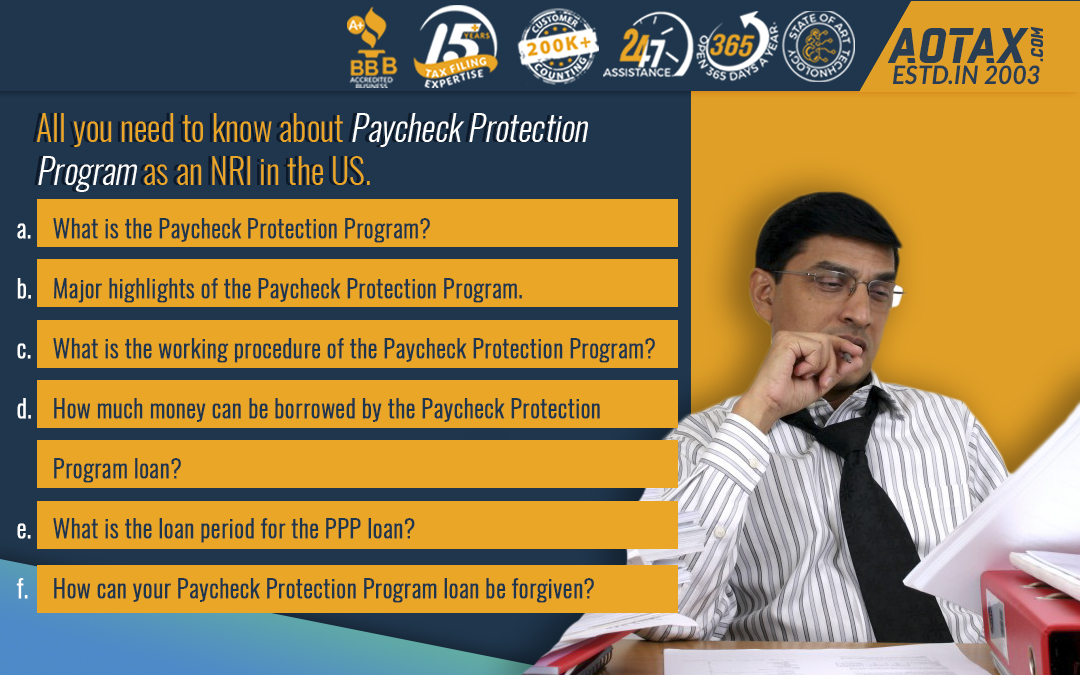2021 Tax Schedule.
A list of the important tax deadlines for the year 2020 would be very helpful for you to be prepared for the tax-related responsibilities and take your necessary actions.
-
Open Enrolmentfor the Marketplace Insurance – 1st November 2020 to 15th December 2020.
In case, you are interested in Marketplace Insurance for the year 2021 you must enroll by the Health Insurance Marketplace maximum by 15th December 2020. If you are interested that your coverage must be effective immediately by 1st January 2021 then it is necessary for you to select the plan by 20th December 2020..
-
Deadline for the maximization of 401K contributions- 31st December 2020.
If you are working for another person or firm or you are self-employed you can maximize the contributions made into your 401(k) until the year-end. By this, you would be able to save money for your retirement.
-
Opening of the IRS E-filing – Late January 2021.
The opening date for IRS e-filing for the tax year 2020 has not been confirmed yet. By the mid of the late month of January usually, the IRS starts accepting the tax returns by using an electronic medium.
-
Sent out of W-2 and 1099-NEC.
It’s time for you to start checking the arrival of your Form W-2 and Form 1099-NEC in your mail.
-
Last day for making the IRA Contributions – 15th April 2021.
In case, In case, you have not made the maximum contribution to your IRA for the year 2020 you can make contributions into your IRA by 15th April 2021 and also obtain tax deductions. You must inform your plan administrator that the contribution which is being made is for the tax year 2020.
- Tax Deadline for the tax year 2020- 15th April 2021.
Filing of your individual tax returns is said to be due for the Tax Year 2020 and you must e-file your tax returns by 15th April 2021 midnight.
The tax payment quarters of the Self-employed.

If you are self-employed, then you must ensure that you are paying the estimated quarterly taxes. Let us give you the deadline for the payment of the estimated self-employment taxes.
-
4th Quarter 2020 Estimated tax payment due for – 15th January 2021.
If you have the fourth quarter estimated tax payment pending for the year 2020, then you can send your estimated tax payment by 15th January 2021.
-
Estimated tax payment for the 1st quarter – 15th April 2021
If you are self-employed and have the payment to be made for the first quarter income then the payment has to be done by 15th April 2021.
-
Estimated tax payment for the 2nd quarter – 15th June 2021.
If you are self-employed and have the payment to be made for the second quarter income then the payment has to be done by 15th June 2021.
-
Estimated tax payment for the 3rd quarter – 15th September 2021.
If you are self-employed and have the payment to be made for the third quarter income, then the payment has to be done by 15th September 2021.
-
Estimated tax payment for the 4th quarter – 17th January 2022.
If you are self-employed and have the payment to be made for the fourth quarter income, then the payment has to be done by 17th January 2022.






Recent Comments